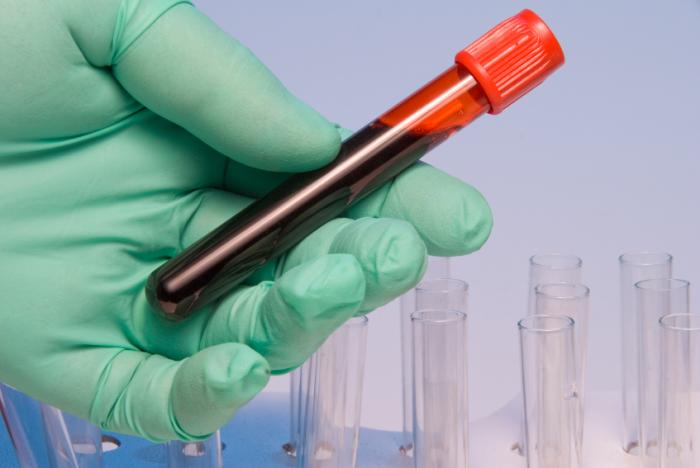Most diseases in the human body are detected due to changes in the composition of the blood. This is due to a violation of the functionality of organs. Therefore, doctors prescribe blood biochemistry tests to accurately diagnose diseases. You ask about what is BH, why is it so important for the patient? Then let us examine in more detail the significance of this laboratory analysis.
Definition
A biochemical blood test is used in all branches of medicine and shows the condition of the internal organs of a person. What is BH? This is a laboratory diagnostic method that allows the doctor to evaluate the work of internal organs such as the liver, kidneys, pancreas, gall bladder, characterize the metabolism of substances (lipids, proteins and carbohydrates) and identify a deficiency or excess of trace elements.
Preparation and conduct of the procedure
For biochemical analysis, blood donation involves a number of certain conditions that a patient must adhere to in order to obtain an accurate result.
- Blood should be taken on an empty stomach in the morning - from 8 to 11. From the moment of the last meal, at least 8 hours should pass.
- The day before, the patient should follow a certain diet: exclude fried foods, excessively salty, strong tea and coffee, confectionery, sweet carbonated water. It is also important to minimize physical and emotional stress.
- One hour before blood donation should not be smoked. Exclude alcohol for two days.
- If the patient is taking medications, it is worthwhile to check with your doctor in advance whether they should be canceled before analysis.
- Blood sampling comes from the ulnar vein on the arm.
general characteristics
It’s not enough just to know what BH is. Of greater importance is the characteristic. A biochemical blood test evaluates in detail each of these groups: the exchange of proteins, lipids, carbohydrates, trace elements, pigments and low molecular weight nitrogenous substances.
The determination of all indicators is irrational and quite expensive financially, because the doctor chooses only the necessary for the recognition of the disease.
Also, when diagnosing, it is important to take into account the patient's age, gender, the presence of chronic or hereditary diseases.
The finished transcript of the results is presented in the form of a table with several columns - the name, patient data and normal values.
Main characteristics
It is worthwhile to describe in more detail the basic norms in BH analysis, since it captures all the processes of the human body as a whole.
- Total protein indicates pathology in the metabolism, the presence of malignant tumors, a violation of the diet, liver disease. The norm will always depend on age.
- Albumin is the main plasma protein that is synthesized in the liver. It increases with the body losing water, gastrointestinal diseases, burns, pregnancy. It decreases with liver diseases.
- ALT is an enzyme that rises in the blood with diseases in the liver, such as cirrhosis, trauma, hepatitis.
- AST is the main indicator that indicates the destruction of heart tissue during myocardial infarction.
- Amylase is an enzyme synthesized in the pancreas. It increases with pancreatitis and injuries of this organ.
- Total bilirubin is a bile pigment in the liver. Normally, 8.5-20.5 μmol / L. It has two fractions - direct and indirect, which is characteristic for a more detailed analysis of the disease of this organ.
- Creatinine and urea are the main indicators of kidney function. Hanging indicates organ failure and impaired filtration.
- Glucose is an energy supplier to the body. The main diagnostic criterion for diabetes.

Each doctor can talk about what BH is and its importance in diagnosis, because this is not only a comprehensive analysis, but also the main indicator of the work and functioning of the body as a whole.